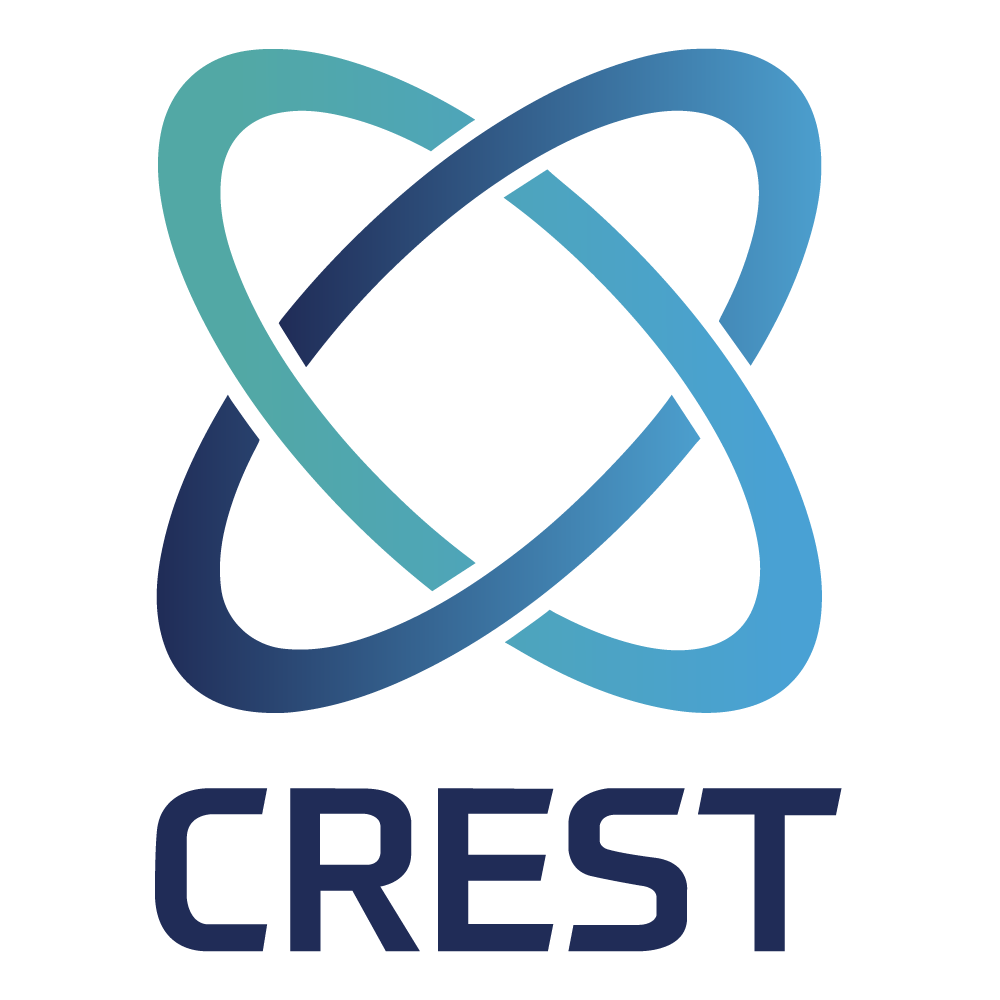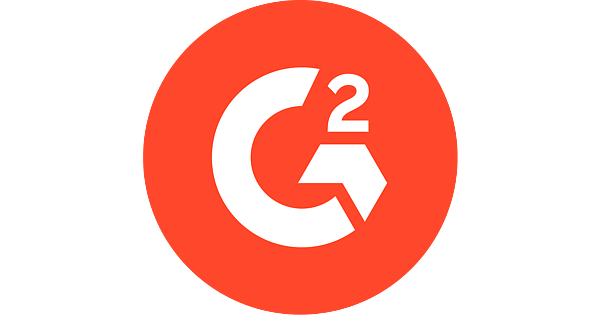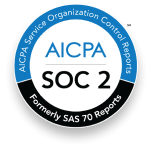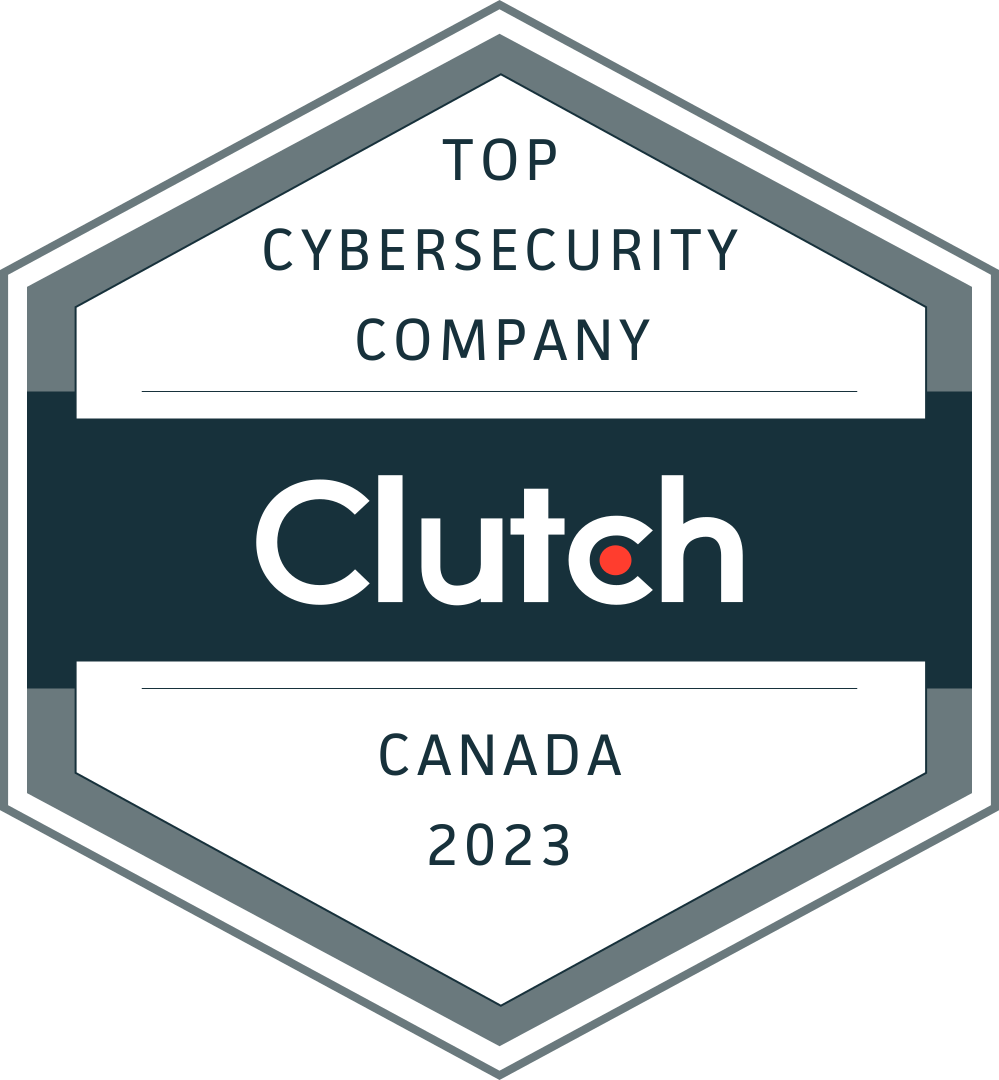Threats
Cybersecurity Threats to the Renewable Energy Industry
Would you like to learn more?
Download our Guide to Penetration Testing to learn everything you need to know to successfully plan, scope and execute your penetration testing projects
The reliance of virtually all industries on electric power and fuels means that all sectors have some dependence on the renewable energy sector, making proactive cybersecurity measures critical. Due to the role it plays worldwide, the renewable energy sector is a primary target of cyberattacks, with 16% of all cyberattacks aimed at the sector since 2020. These cyberattacks can have significant consequences, such as taking down power grids for days or weeks, causing power shortages, and ultimately increasing energy prices.
In a study of over 250 energy companies worldwide, oil and natural gas firms scored the highest— with the average company scoring a 94, or an "A"— while the lowest scores belonged to renewable energy companies, which scored a median of 85 (ranging from “B” to “C+”.) This is attributed to the renewable energy sector confronting increasingly significant cybersecurity vulnerabilities, including:
Global growth: With rapid expansion comes unmapped attack surfaces that make renewable energy organizations at heightened risk of breaches. The world added 50% more renewable capacity in 2023 than in 2022, with global solar capacity expected to continue to grow at record rates through 2025
Heightened digitization: Heightened digitization and interconnected devices render key systems vulnerable to cyber threats. Integration with legacy power systems further exacerbates security gaps
Smart grids: As renewable energy becomes integral to national power grids, it accumulates sensitive data and assumes the role of critical infrastructure, thereby attracting cyberattacks that could potentially impact national security, economic stability, and public safety
What's the solution to these mounting cyber risks? Penetration testing that identifies risks before they become headlines–and guarantees regulatory compliance, operational consistency, and reputational upkeep.
What are the Emerging Cybersecurity Challenges for the Renewable Energy Sector?
Utilities already experience regular attacks as bad actors scour for vulnerabilities across all connected devices and systems under utility management. Sometimes they succeed. In 2023 alone, the World Economic Forum estimated that more than 60% of energy companies experienced a significant cyber incident over the previous year, with that number only compounding year-over-year.
Historically, renewable energy companies have orbited around data privacy concerns and physical attacks on infrastructure. However, now in 2025 and beyond, the renewable energy industry is entering uncharted cyber territory. Cybersecurity risks— both domestic and foreign— are escalating for several reasons.
Firstly, their attack surface has expanded as more renewables and distributed energy generation assets are added to grids. For example, photovoltaic (PV) inverters, also known as solar inverters, are components that convert the direct current produced by solar panels into alternating current for the grid. Increasingly, renewable energy manufacturers are improving upon inverters that connect and communicate with the utility and can be controlled dynamically. This automation presents new risks, and researchers have already uncovered cybersecurity vulnerabilities in these types of systems. In a worst-case scenario, threat actors could cause widespread blackouts if they seize control of numerous PV inverters at a time.
Alongside this, as more renewables projects and battery energy storage systems are rolled out, there’s a heightened need for software to actively manage these assets. Integrating renewable energy into the power grid requires all of these components and technologies to interact and interoperate, which introduces cybersecurity risk across the system. If cyber criminals gain control of an asset management software program, the power grid system-level risk increases. For instance, as more electric vehicles (EVs) come online, the software and internet-connected charging infrastructure required to support them also create new threat vectors to exploit.
Third, as renewables scale, there are more stakeholders involved in power production and management. Gone are the days when utility companies controlled most of the power production in a specific geography.
Cybersecurity Statistics for Renewable Energy Across North America
There are various reasons behind the aforementioned increased attacks on energy and utility sector entities across North America that go beyond increased digitization. Some of the other top reasons include:
Attacks on critical infrastructure: Energy and utility companies are considered critical infrastructure providers–especially in Canada, where 70% of the country’s electricity comes from renewable sources and 82% from non-greenhouse gas (non-GHG) emitting sources such as solar, hydro, wind, and nuclear power. If these services were to be disrupted or compromised, it could have serious consequences for public safety and the economy. As a result, these companies are often targeted by hackers who want to disrupt or compromise these services
Growing attacks on critical infrastructure: On May 7, 2021, a ransomware attack on Colonial Pipeline captured headlines around the world with pictures of lineups of cars at gas stations across the eastern seaboard. Americans were faced with the possibility of not being able to get to work, drive their kids to school, and general loss of mobility. Why? The Colonial Pipeline, which runs from Texas to New York, supports 45% of the East Coast’s fuel supply, carrying 2.5 million barrels a day and went offline following the cyberattack by the criminal hacker organization DarkSide. This attack encapsulated the mounting threats that attacks on critical infrastructure pose–both individually for companies and as a society
Financial implications: A cyberattack or other security breaches can have serious financial implications for energy and utility companies. Threat actors may be motivated by the potential financial rewards of such an attack. The recent uptick in security-related incidents targeting electrical substations and utilities has set off alarm bells, especially within the United States. With a 71% increase in incidents over the past year, experts predict that this worrying trajectory will continue beyond 2025
Lacking security preparedness: There are many power and utility businesses that still lag behind in their cybersecurity preparedness. The FBI warned of possible attacks “to disrupt power generating operations, steal intellectual property, or ransom information critical for normal functionality to advance geopolitical motives or financial gain within the U.S. renewable energy industry.” To underscore vulnerabilities, the FBI outlined how residential or commercial solar panel systems could be targeted by bad actors seeking to control inverters (which determine electrical currents) to cause sabotage by overheating solar panels. It also encouraged companies and organizations to establish relationships with both regional FBI field offices and trusted cybersecurity vendors for assistance identifying renewable energy system vulnerabilities and mitigating risks
Increased threat of Social Engineering: The energy sector is using deepfake technology to generate training material more efficiently. This takes less time and less effort than the manual training data. However, with deepfake technology becoming increasingly advanced, people cannot differentiate what is real and what is fake.
In this way, attackers can create fake audio or video of authorized personnel to gain access to critical systems or manipulate operations. This adds another layer of complexity to traditional Social Engineering tactics, requiring advanced training for employees and robust authentication methods.
Conclusion
As a CREST and SOC 2 Type II penetration testing firm, Packetlabs’ best-in-class tester-driven pentesting go beyond industry standards. Our methodologies dig deeper into your cybersecurity to deliver actionable results.
Packetlabs was founded on the belief that, in today’s ever-changing threat landscape, organizations–and the people who trust in them–deserve more than a VA scan.
Today, we partner with SMBs and enterprises across all sectors and industries to provide award-winning, 360-degree solutions that are over 95% manual. By partnering with Packetlabs, organizations can identify vulnerabilities faster, generate actionable results, ensure regulatory compliance, and scale their security operations to stay ahead of threat actors.
Contact Us
Speak with an Account Executive
Explore in-depth resources from our ethical hackers to assist you and your team’s cyber-related decisions.

September 13 - Blog
Why Multi-Factor Authentication is Not Enough
Knowing is half the battle, and the use and abuse of common frameworks shed insight into what defenders need to do to build defense in depth.

November 19 - Blog
The Top Cybersecurity Statistics for 2024
The top cybersecurity statistics for 2024 can help inform your organization's security strategies for 2025 and beyond. Learn more today.

October 24 - Blog
Packetlabs at SecTor 2024
Packetlabs is thrilled to have been a part of SecTor 2024. Learn more about our top takeaway's from this year's Black Hat event.

- Toronto | HQ
- 401 Bay Street, Suite 1600
- Toronto, Ontario, Canada
- M5H 2Y4
- San Francisco | HQ
- 580 California Street, 12th floor
- San Francisco, CA, USA
- 94104
© 2024 Packetlabs. All rights reserved.






